Pickling and Oiling Steel Steel Foundations
Sep. 02, 2024
Pickling and Oiling Steel Steel Foundations
Sorry, your browser doesn't support embedded videos.
Hunter Special Steel Co., Ltd are exported all over the world and different industries with quality first. Our belief is to provide our customers with more and better high value-added products. Let's create a better future together.
Pickling and Oiling Steel
Steel Foundations
Pickling is a chemical treatment to remove stains, contaminants, rust, and scale from the surface of hot rolled steel coil.
Surface scale forms naturally during the hot rolling process while the stains, contaminants, and rust typically form during storage. Both carbon steel and stainless steel need to be pickled prior to most subsequent processing steps.
During the pickling process, the coil is unwound and submerged in pickling tanks containing a strong acid solution called pickle liquor, which is a liquid solution containing hydrochloric or sulfuric acid. Several pickle tanks are used with varying concentrations of acid to ensure the steel is fully descaled and cleaned prior to further processing. After going through the acid tanks, the coil is rinsed with water to remove any residual acid. Next, the coil is dried using high pressure and hot air to remove any residual water. The rinsing and drying are to ensure that the acid and water used in the pickling process do not remain on the surface of the steel and damage it. Since pickled steel will oxidize if exposed to humid atmospheric conditions, a thin coating of rust-preventative oil is applied as a protecting barrier.
After pickling, it is easy to observe surface defects on the clean, dry surface of the carbon or stainless-steel strip, so many inspection activities are performed during the pickling process.
The strip pickling process is generally carried out in continuous pickling lines. However, there are many pickle lines that process one coil at a time, which are called Push, Pull Pickle Lines (PPP Lines) because the entry end pushes the front end of the coil through the line until the exit end is able to put the rest of it through.
All detail about Pickled And Oiled Steel - HRPO Steel Coil
Surface contaminants on steel appear after processing at the mill. These contaminants may vary in shape and form. Some produce a pure and clean surface.
But, specific applications require an ultimate degree of clean surfaces. Incorporating pickling and oiling into the final stages is essential to remove the surface contaminants. Learn more about HRPO steels. Keep reading.
What Is Pickled & Oiled Steel?
Hot rolled pickled and oiled steel are steel products that undergo descaling and pickling. It is a process of eliminating the iron oxide scale layer by applying hydrochloric acid to the surface.
Oxygen exposure produces surface contaminants, and unwanted elements appear on the steel. The first step is to dip the steel in a tank of hydrochloric acid and rinse it off before drying.
Oiling comes after descaling by applying rust protective oil to impede corrosion and rusting while the steel is in storage for longer.
Manufacturers also use descaling to improve the surface flatness or surface roughness depending on the user application requirements&#;pickling and oiling result in malleable, resilient, and cleaner steel surfaces.
What Is Pickling?
Pickling is a method of cleaning the metal surface by applying pickling liquor. The composition of pickling liquor depends on the type of metal, but the most popular ingredient is hydrochloric acid.
A two-step pickling method or a strong acid is an alternative way of pickling for metals that are impervious to acids.
How Is Pickling Performed?
A tank of pickling liquor bath is now ready for dipping the metal. The pickling begins by rinsing the metal with a solution to remove debris, dirt, stains, or dust particles.
The acid starts working to eliminate the surface impurities for proper immersion time to prevent overexposure to the acid. Rinsing takes place after removing the metal from the liquor bath.
After drying the metal, oiling is the last stage of metal processing.
What Is Oiling?
Oiling is a process of oxidation prevention in metals after pickling, rinsing, and drying. The metal undergoes an oiling process to prevent rapid corrosion after exposure to the atmosphere.
It is inevitable to see the metal gets flash rusting after pickling. Oiling is necessary to prevent rusting and corrosion for a longer time while storing the metal for a more extended period at the warehouse.
Why Pickle And Oil?
Oiling and pickling are essential aspects in HRPO to prevent corrosion while there is a delay in the forming and fabrication processes. The coating and fabrication process of metals may delay when there are surface contaminants after milling the steel.
Welding on steel and metals with surface contaminants does not yield good results. Blisters and chips on the mill scale may lead to non-adhesion of paints on the surface.
Pickling removes the impurities on the metal surface. Oiling prevents degradation during prolonged storage, and the metal is ready for fabrication anytime. Both processes happen during the mill&#;s final stages of metal processing.
Advantages Of Pickled And Oiled Steel
Recommended article:Discover Expandable Container House OEM ODM Solutions
Are Light Steel Houses the Future of Construction?
Transform Your Space with Detachable Container House
Affordable Steel Structure Building: Customizable OEM Options
7 Must-Have Features for Your Portable Building
Are Flat Pack Container Homes the Future?
Unlocking the Secrets of Prefab Container Homes OEM: Your Top Questions Answered
Want more information on hot rolled pickled & oiled? Feel free to contact us.
Steel pickling removes contaminants and cleans the surface after immersing the metal in a hydrochloric acid or liquor bath tank. Oiling offers long-term corrosion preventative measures to the steel. The pickling process helps lessen the pre-treatment process.
Pickled And Oiled Steel Vs. Cold Rolled
Pickled and oiled steel products pass through the pickling, rinsing, drying, and oiling process. The purpose of pickling is to remove mill scale or surface contaminants through a liquor bath.
The metal is ready for welding and structural applications as they are corrosion and rust-resistant.
Oiling is the final component in the HRPO processing. A thin oil film on the metal surface helps prevent corrosion while the metal waits for fabrication and processing during storage.
Cold-rolled steel undergoes a cold working process to reduce the hot-rolled pickled product near room temperature. The methods consist of rolling, pressing, stamping, and bending to achieve the final thickness.
Cold rolling uses hot rolled steel for further processing in a reduction mill. The hot-rolled metal cools at room temperature before annealing. The process of cold rolling produces steel with a wider variety of surface finishes and closer dimensional tolerance.
HRPO Steel Properties
Here is the summary of the properties of Hot-Rolled Pickled & Oiled Steel based on American Standards:
Gauge Range -1.2mm to 3.0mm
Coil Weight Range &#; 16 to 25.0 MT
Width Range &#; 925mm to mm
Specific Coil Weight &#; 18 kilograms/mm
Coil ID &#; 508 mm to 610 mm
Maximum Coil OD &#; mm
Surface Finish For Tempered HRPO &#; Matte (0.6 to 1.9 Ra, 24 to 75 micro inches)
Oiling &#; Minimum 1g/m² to maximum 3g/m
Oil Types &#; Rust Preventative Oil
Will Pickled And Oiled Steel Rust?
Pickled and oiled steel does not rust in time because it passes through the pickling and oiling processes. It undergoes an oiling process to ensure that the steel does not rust during storage.
Dipping the steel in hydrochloric acid removes the surface contaminants. It makes HRPO steel resilient to corrosion. The surface has improved formability with a spotless surface for paint adhesion.
Can You Weld Pickled And Oiled Steel?
Pickled and oiled steel has many uses in infrastructures and industries. Both have significant workability that suits projects that need functional presentation structures. Metals that undergo pickling and oiling processes are ready for welding and reinforcements.
Conclusion
Did you find our review interesting? Incorporating the pickling and oiling processes into the final steps of metal processing is essential to achieving durability and longevity.
Pickled and hot-oiled steel guarantees long-lasting performance to structures and other applications. The process ensures readability for the project with a demand for the ultraclean surface.
If you want to import GOOD QUALITY Steel Coils from Vietnam, please contact us at:
&#; :
&#; Mobile//Wechat/Line/Viber: +84 973 765 730
Contact us to discuss your requirements of Galvanized Steel Coil For Energy Sector. Our experienced sales team can help you identify the options that best suit your needs.
Revolutionary Expandable Container Homes: Worth the Investment?
Transform Your Space: Custom Expandable Container Homes
Why Are A511 Hollows Perfect for You?
Revolutionize Living with Z Type Foldable Homes!
Nickel Alloy vs Stainless Steel: Which is Best for Your Project?
Collapsible Container Home Solutions vs Traditional Tiny Houses
The Ultimate Guide to Stainless Steel Pipes
133
0
0
Related Articles


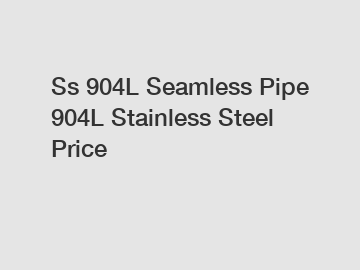
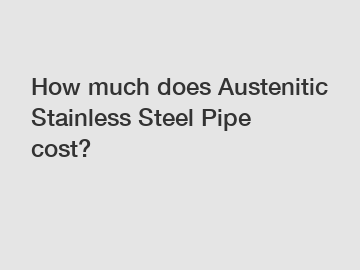
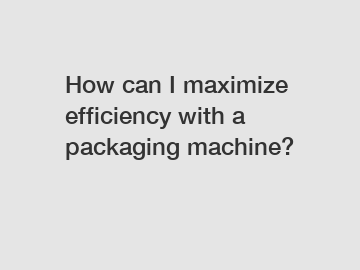
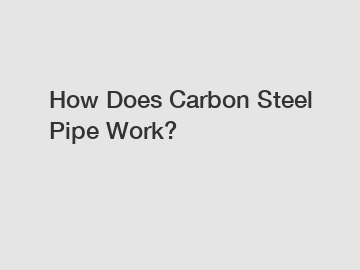
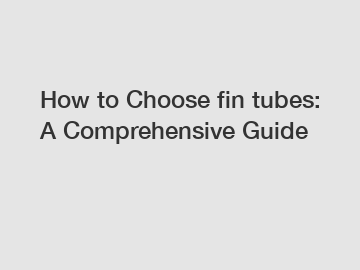



Comments
All Comments (0)